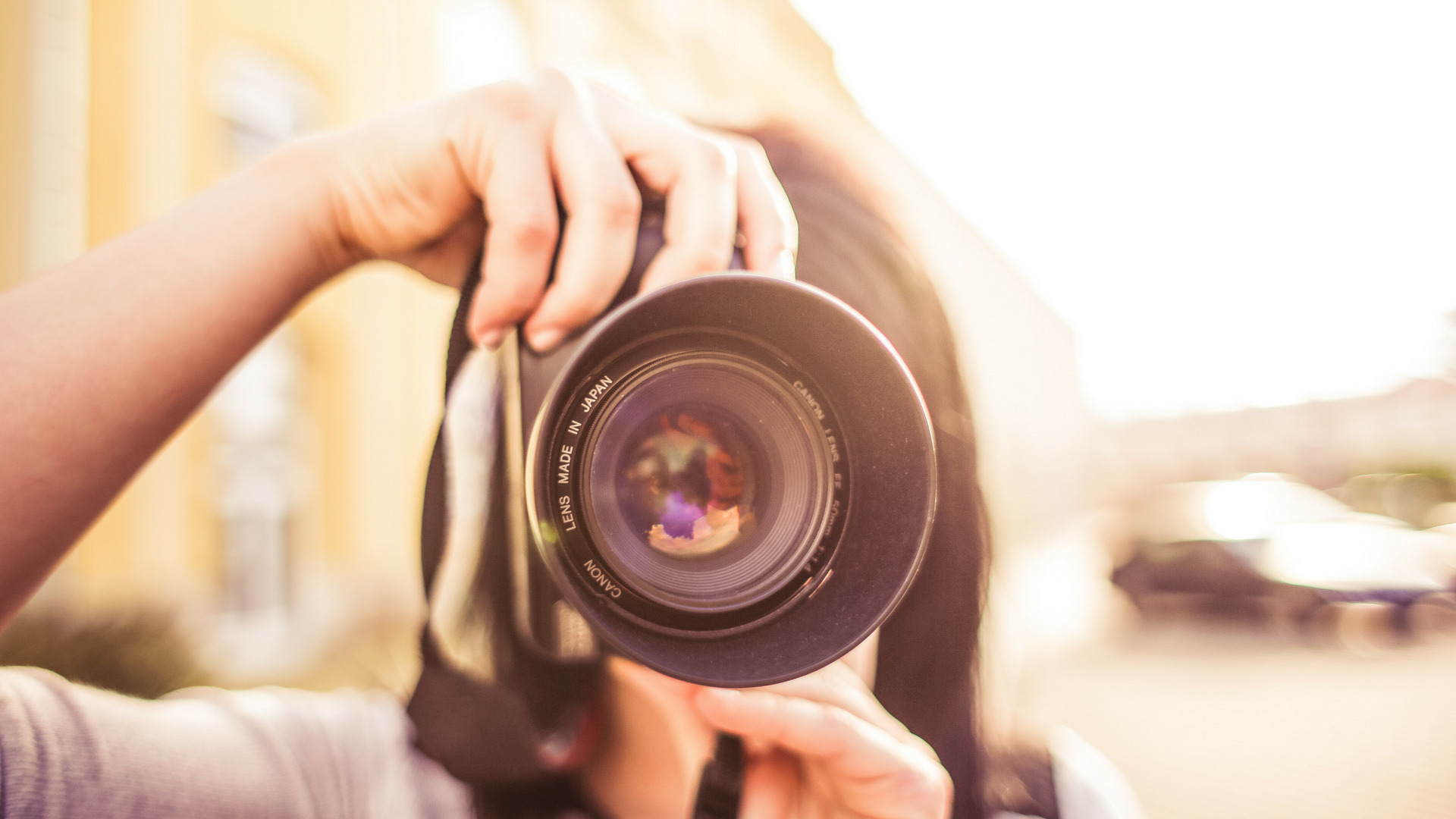11 Tips to Become a Better Photographer
What Can You Do
Photography is a versatile skill, and there are a number of techniques we can use to improve our craft and become better photographers. Whether you’re looking for experience with studio lighting, Photoshop, or pricing your work, it’s important to take the time to learn.
When you invest in your craft, you’ll not only improve, but you’ll also become more confident.
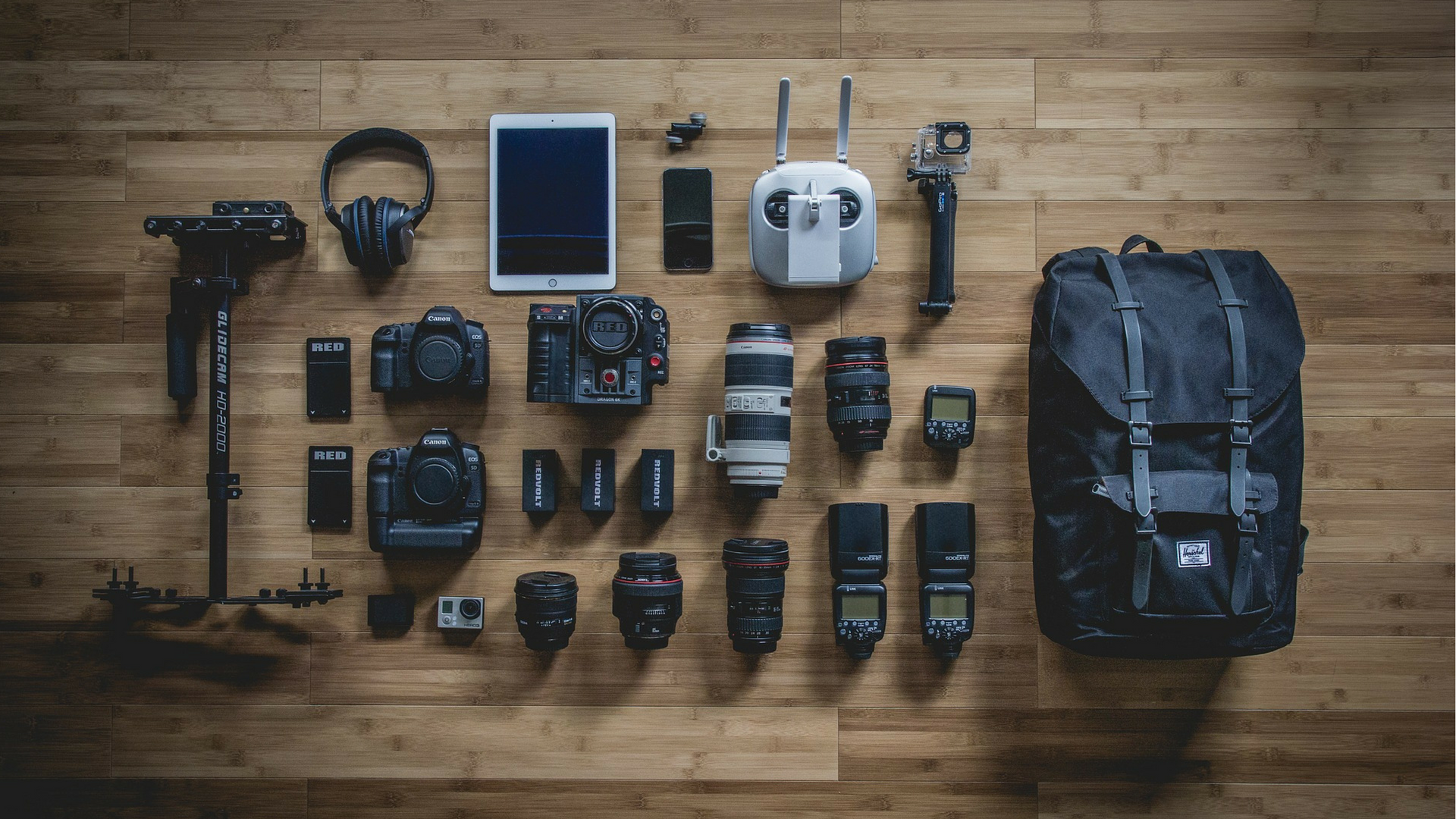
1. Buy Only the Camera Equipment You Can Afford
This is an important one: buy the camera equipment you can afford. Even if it’s not a top of the line camera, flash, or lens, you can still take quality photos. It’s not worth going into debt for camera equipment you don’t really need.
Your skills will determine the type of photo you capture more than the type of camera you have. When you know how your camera works, you won’t need the best camera to get the shots you want.
2. Learn Your Camera’s Manual Settings
While the Auto setting on your camera is helpful in quick point and shoot situations, shooting manually will help improve your photography skills. This includes shutter speed, aperture, ISO, and exposure.
When you take the time to thoroughly know all your DSLR camera’s manual settings, you’ll be able to efficiently work within a shoot. As a photographer, settings and lighting may change throughout a shoot. This means the better you know how to get the shot you want, the more efficiently you’ll be able to shoot.
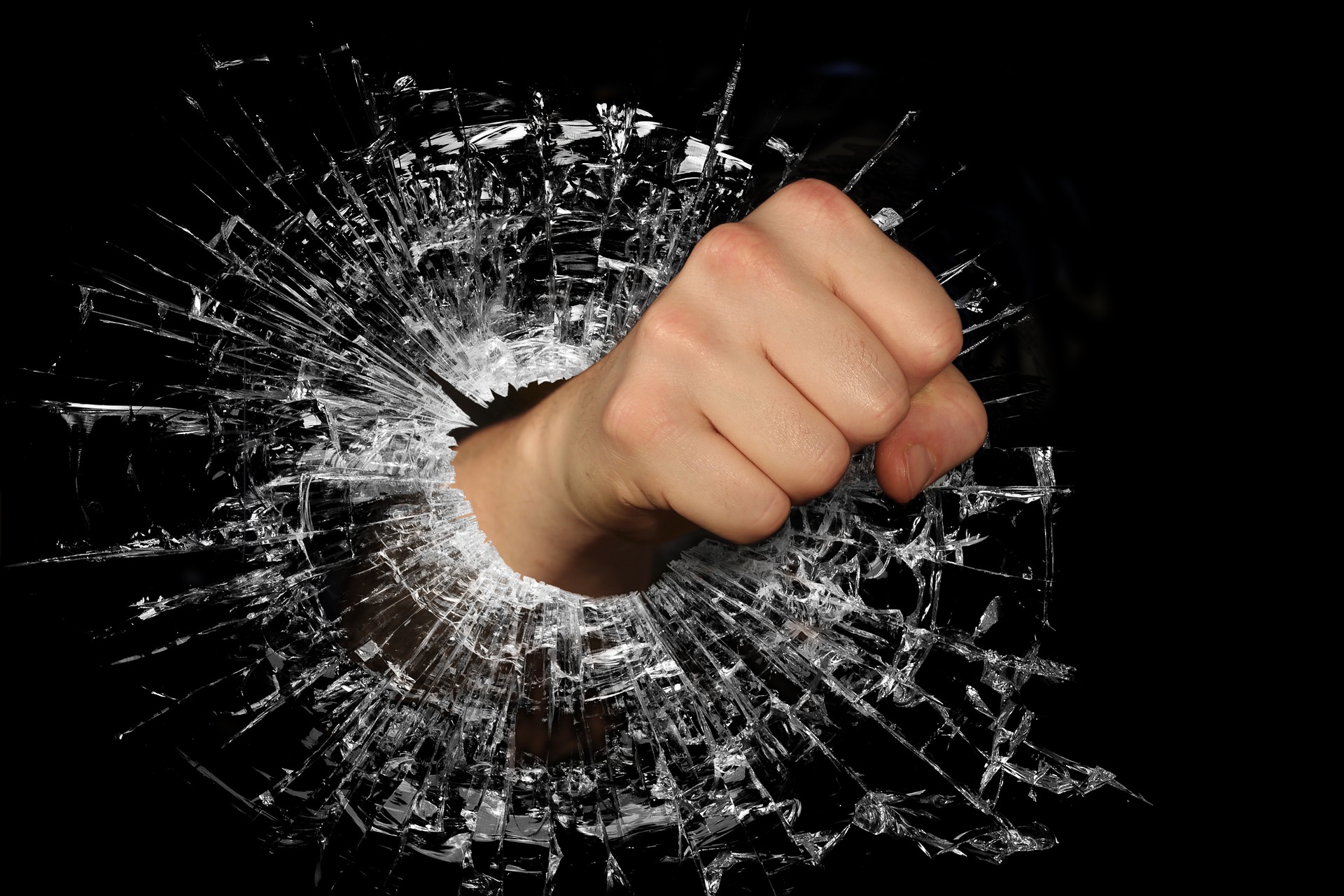
3. Learn the Rules of Photography, Then Break Them
There are some rules of photography, like composition, that you generally want to keep. But once you learn all these rules, it can feel confining or like your artistry is being limited. So experiment and break the rules! Try a composition that may not work or under expose your subject.
Composers Richard Wagner and Claude Debussy didn’t follow the rules, and they are both some of the best known composers. Photographers Diane Arbus and Philippe Halsman broke many of the rules–think Halsman’s iconic portrait of Albert Einstein and Arbus’ Identical Twins. And let’s not leave out award winning filmmaker and photographer Abbas Kiarostami and avant-garde filmmaker and photographer Maya Dere– both celebrated rule breakers for their works. Not that fame should be your reason, but art doesn’t always need to follow the rules.
4. Always Shoot in RAW
RAW files may be large, but they give you the most flexibility in post-production. Depending on your photographic style, you will want to get as close to your desired result as possible in the moment.
When you shoot in RAW, you have the flexibility to take a photo and further manipulate it, making it the ideal file type for your photography. Editing in post-production is still a great way to work with the photo if you were shooting in less than ideal circumstances.
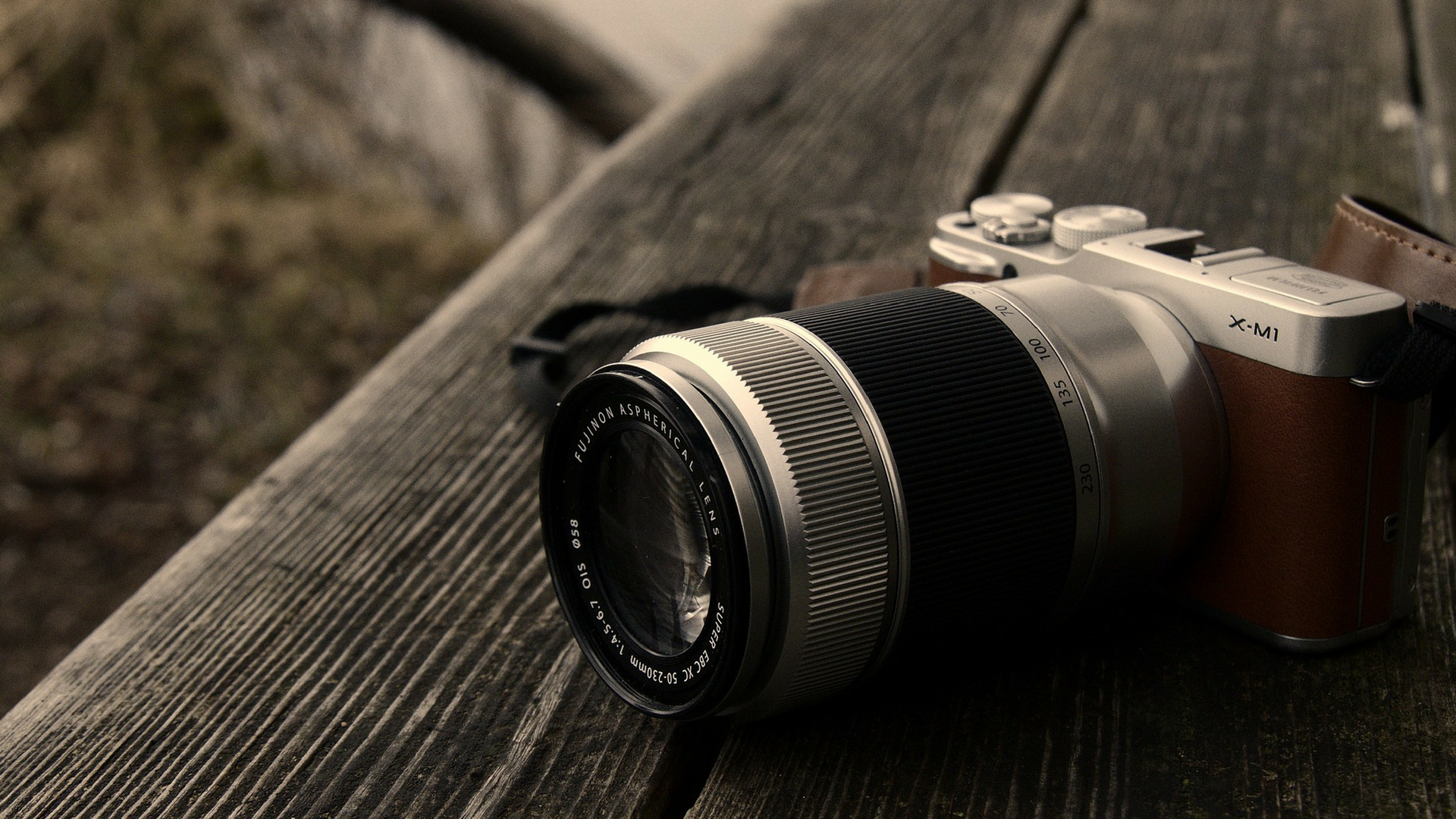
5. Practice Photography in Different Outdoor Lighting
Shooting outdoors can give you some of the best lighting and unique backgrounds you can find, but it can also be tricky. As you learn more about photography and your favorite way to shoot, make sure to practice in different outdoor lighting conditions.
Outdoor lighting can be more than just the “golden hour”; it can be low light, nighttime, and daytime. When you have more experience in all lighting conditions, you’ll be prepared for whatever situation you may find yourself in.
6. Get Photography Studio Experience
Gaining studio experience is an important part of growing as a photographer. It’s an important skill to learn, whether shooting with a white wall or a backdrop. While the outdoors is an uncontrolled environment, a studio gives you the ultimate control in lighting and background, as well as other factors like adding wind.
Photography studios offer you a great deal of flexibility and control, and is an important skill to learn. Studios can be expensive, though, if you want to rent one to practice. One way to work around this is shadowing another photographer, volunteering in a studio in exchange for studio time, or another trade. It may take some creativity or some funds, but it will pay off.
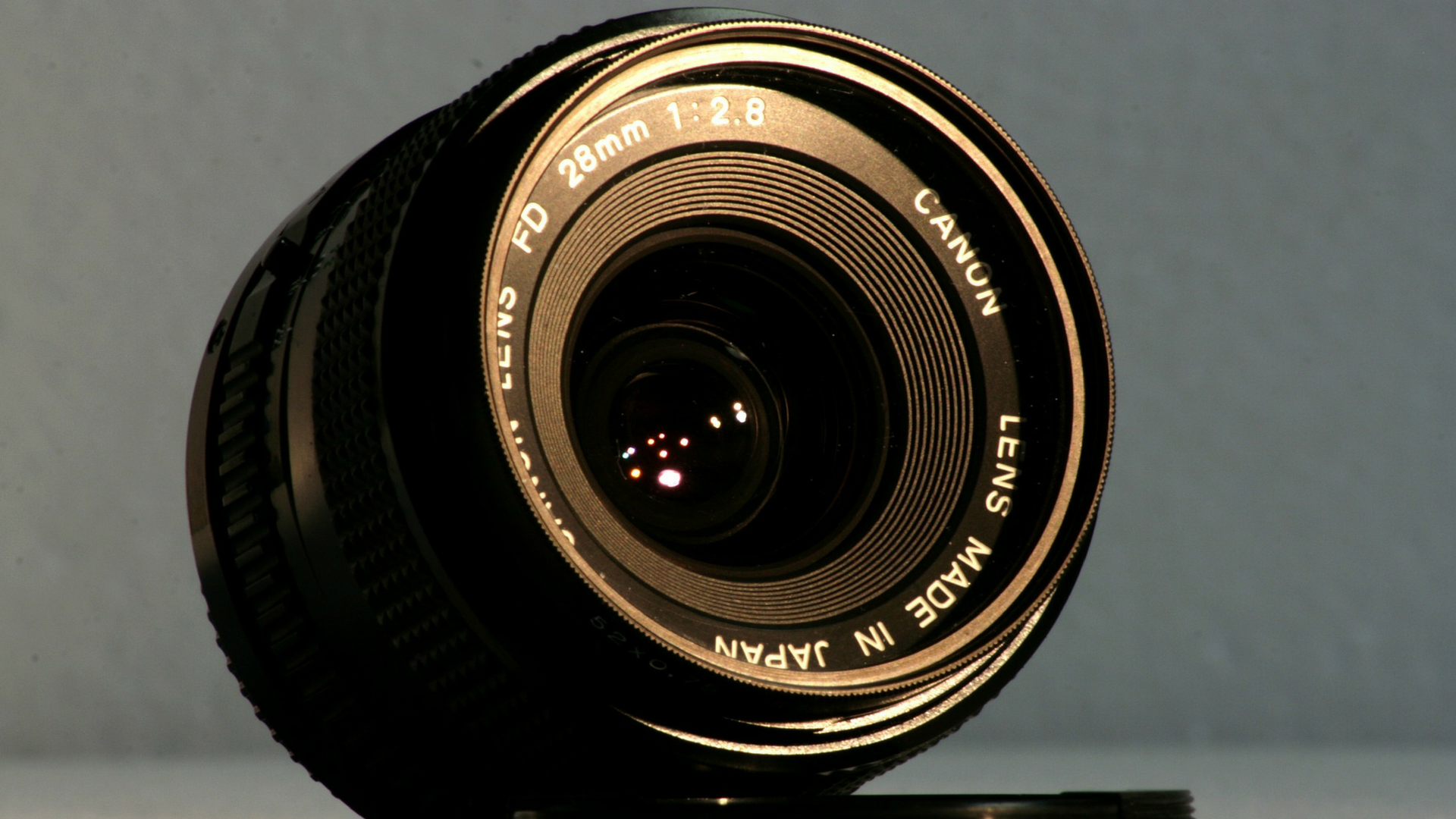
7. Know Your Camera Lenses
Your camera’s body is only part of what will get you an amazing shot. The lens is a crucial piece of equipment that will affect the type of pictures you take. The type you use will depend on your photo shoot and personal preference.
From telephoto zoom to wide angle to prime lenses, knowing how each works will help you know which you need to invest in and how they can be beneficial in your photo shoots.
8. Learn Photo Composition
Composition is more than knowing the rule of thirds. When you have quality composition, your photos will make a statement. Visual weight, balance, eye-lines, triangles, and single-point are all ways to compose your photos to have the maximum effect on the viewer.
For some photographers, composition is an easy concept to learn and they don’t need to think about it. For others, it may take some time to perfect. Keep practicing and you’ll soon be capturing quality images.

9. Learn Photo Editing Software
Some photographers choose to avoid editing their photos, and others enjoy creating with Photoshop. There is no right or wrong answer; it’s largely personal preference. It is, though, important to have a working knowledge of Photoshop and Lightroom. Some photos benefit greatly from a bit of time in Photoshop, while others may need only slight tweaking.
However you choose to edit your photos (or not), take some time to learn the basics of photo manipulation. You never know where your photography may take you, and these are beneficial skills to learn.
10. Know Your Value as a Photographer
It can be hard to place a value on photography, but it’s a necessity if you want to make a living. As a beginner, it can be hard to know how much to charge, and you don’t want to go too high. But if you undercut your value, you’ll make less money and not make what you’re worth.
Many creatives undercharge for their services, so do your research. Looking at the Bureau of Labor and Statistics and at other photographers’ websites can help prevent undercharging for your services.

11. Study Other Photographers, Then Find Your Style
A great way to learn is by watching others. Whether you’re able to shadow a local photographer or read about another’s process on their blog, established photographers can help you get started.
However, you’re also a unique, independent creative, which means you have a chance to create an aesthetic that’s fully yours. It’s okay to study others, and it can be incredibly beneficial, but remember to find your own voice.
When learning photography, all the information available can be overwhelming. Instead of worrying about everything there is to learn, focus on learning a few key skills. This could be shooting outside if you typically work in a studio, or improving your composition. And once you learn the rules, don’t be afraid to experiment. You may just create something incredible.
At Meets the Eye Studios, we have everything you need to create incredible images, from a white wall and the pre-lit green screen to an array of amenities. We’re located a short drive from San Francisco, and have plenty of free parking for you and your team.
